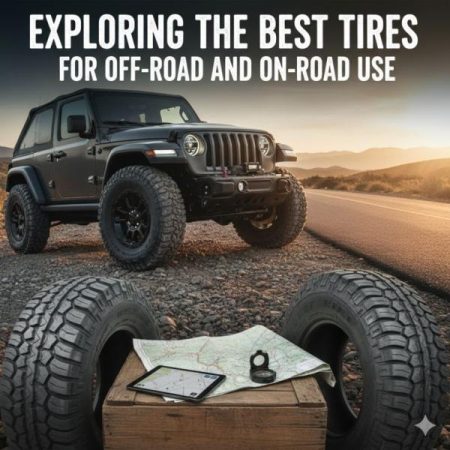Two years of the pandemic has caused a surge in motorhome sales, with 11% of American families now owning some type of RV.
Are you hoping to join them? There’s a lot to love about “life on the road,” whether you use your RV for camping trips or you take the plunge and make it your full-time home.
Before you head to the dealership, though, you need to get familiar with the different classes of motorhomes. That way, you’ll know exactly what types of RVs best match your needs and travel style.
Motorhomes, often referred to as RVs (Recreational Vehicles), are a versatile and convenient way to travel, offering both transportation and accommodation in one package. However, not all motorhomes are created equal. There are various classes of motorhomes, each with its own unique features, amenities, and characteristics.
From compact camper vans to luxurious Class A motorhomes, understanding the differences between these classes is essential for choosing the right option to suit your travel needs and preferences. In this article, we’ll explore the different classes of motorhomes, highlighting their key attributes, pros and cons, and helping you make an informed decision when it comes to selecting the perfect motorhome for your next adventure. Whether you’re a seasoned traveler or a newcomer to the world of motorhomes,
Keep reading to learn about the three main RV classes — A, B, and C.
Class A Motorhome
Class A motorhomes are the “big boys” of the RV world. They’re constructed on either a commercial bus or truck chassis, with a frame as heavy and strong as your typical 18-wheeler.
Essentially, a Class A motorhome is an apartment on wheels. They feature multiple slide-outs, large living spaces, a full kitchen, and a full bathroom, as well as ample storage space. They’re anywhere from 29-45 feet in length and can sleep 6-8 people.
The types of motorhome are great for a luxury experience and ideal for full-time RVers. However, their large size can make them challenging to maneuver and park. They also have the worst fuel economy, averaging between 8-10 miles per gallon.
Class B Motorhome
If you’ve ever seen a motorhome that looks like an oversized van, you were looking at a Class B motorhome. In fact, they’re often called camper vans or conversion vans.
These are the smallest types of motorhomes, meaning they’re the most affordable (and offer the best fuel economy). They usually feature a kitchenette, a dining area, and a small shower/toilet combo. They average 18-24 feet long and can sleep 2-4 people.
Class B motorhomes are the easiest types of RVs to drive, park, and maneuver. However, they also offer the least in the way of space, comfort, and luxury. If you don’t mind a tight squeeze, it could be an ideal, affordable option for boondocking or dry camping.
Class C Motorhome
Even though it’s the last letter, Class C motorhomes strike a balance between Class A and Class B styles. Take a look at some Class C motorhomes and you’ll recognize the style immediately, with its over-cab sleeping area that juts out above the drivers.
Averaging 30-33 feet in length, Class C motorhomes can comfortably sleep 4-6 people. You’ll enjoy more storage space and physical comfort that a Class B motorhome, but it’s still quite a bit smaller than the average Class A.
If you plan to tow a vehicle behind you, a Class C motorhome will get the job done. You can also look for models that feature slide-outs to increase interior space.
Classes of Motorhomes: Class Dismissed
This discussion of classes of motorhomes is only the beginning. A motorhome is a major investment, so you want to be sure you choose the perfect one for your travel style. Bookmark this list for reference as you research different types of RVs and find the best one for you!






